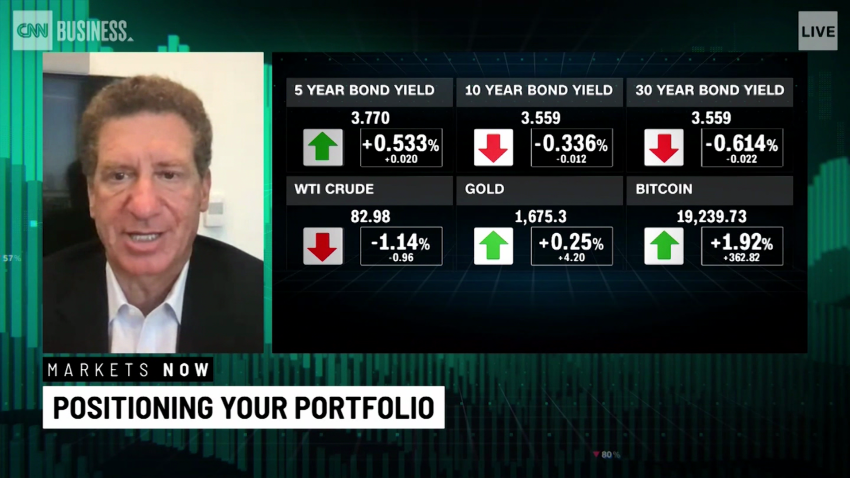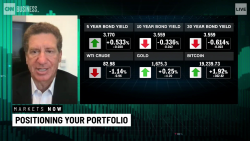Hurricane Ian is not expected to pose a major threat to the national supply of oil and gasoline even as the Category Three storm derails some oil production in the Gulf of Mexico.
Oil prices jumped 2.4% Tuesday morning, though they remain near eight-month lows and down sharply over the past week.
Hurricane Ian is barreling down on West and Central Florida with powerful winds of 125 miles per hour.
Although there could be localized supply issues in Florida caused by the storm, Hurricane Ian does not appear to be a major risk to the national supply of oil and gasoline in large part because Florida is not a major producer or refiner.
Importantly, the Gulf Coast hub of refiners and producers is not in the storm’s path as currently forecast.
“This is not going to be a meaningful event for the global oil market,” said Michael Tran, commodity and digital intelligence strategist at RBC Capital Markets.
However, forecasters say Hurricane Ian’s path remains uncertain and a shift westward would change things by sidelining additional oil production in the Gulf of Mexico and the nation’s vital refinery center in Louisiana and Texas.
“The bigger risk would be if the path changed and it veered West,” said Bob McNally, president of consulting firm Rapidan Energy Group. “So far, I don’t see much impact.”
BP and Chevron announced late Monday the evacuations of personnel from offshore oil and natural gas fields in the Gulf of Mexico because of Hurricane Ian.
These evacuations have derailed about 485,000 barrels per day of oil production, amounting to 27% of Gulf of Mexico oil production, according to veteran oil analyst Andy Lipow. For context, this equals less than 5% of total US daily oil production.
Lipow said it’s possible there are delays in the delivery of gasoline, jet fuel and diesel to the Florida market due to Hurricane Ian, especially if refined product terminals in Tampa are damaged by strong wind and flooding. Severe flooding could knock these terminals offline for weeks, Lipow said.
Analysts said Tuesday’s jump in oil prices may be partially a response to these Gulf of Mexico platform shutdowns. But it also comes after a string of sharp losses and as the stock market bounces back from the recent selloff.
Moreover, markets are paying attention to speculation that OPEC and its allies could announce plans next week to cut production. Another factor: The US dollar is losing ground and that tends to boost dollar-priced commodities like oil.
Gasoline prices have ticked higher in recent days, though that trend began before the formation of Hurricane Ian. The national average for regular gasoline now stands at $3.75 a gallon, up from the recent low of $3.67, according to AAA.
“The national retail price of gasoline has been rising, but it is not because of the hurricane,” Lipow wrote in an email.























